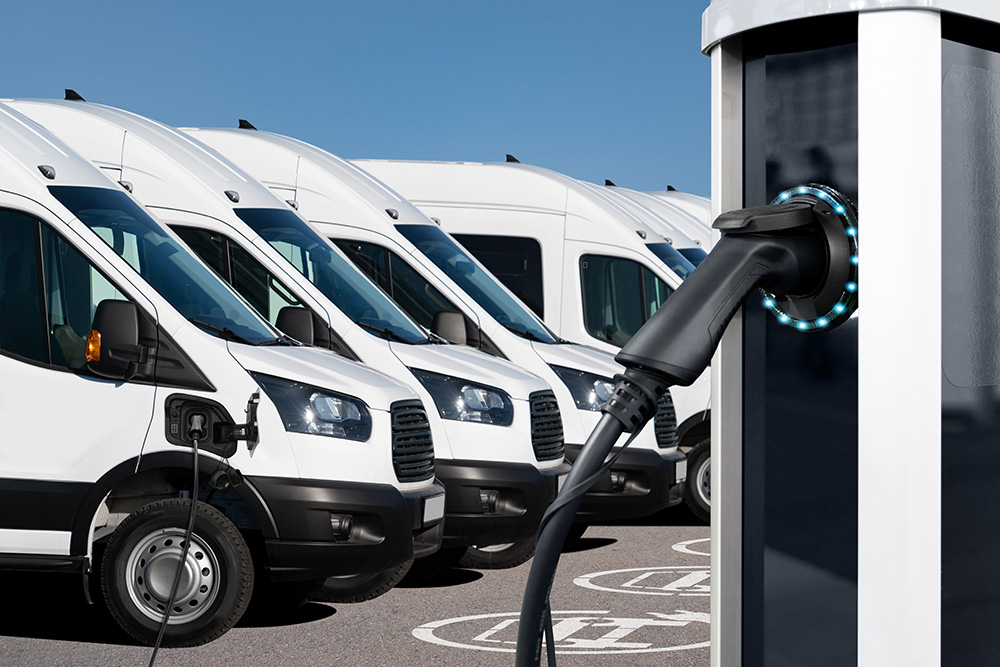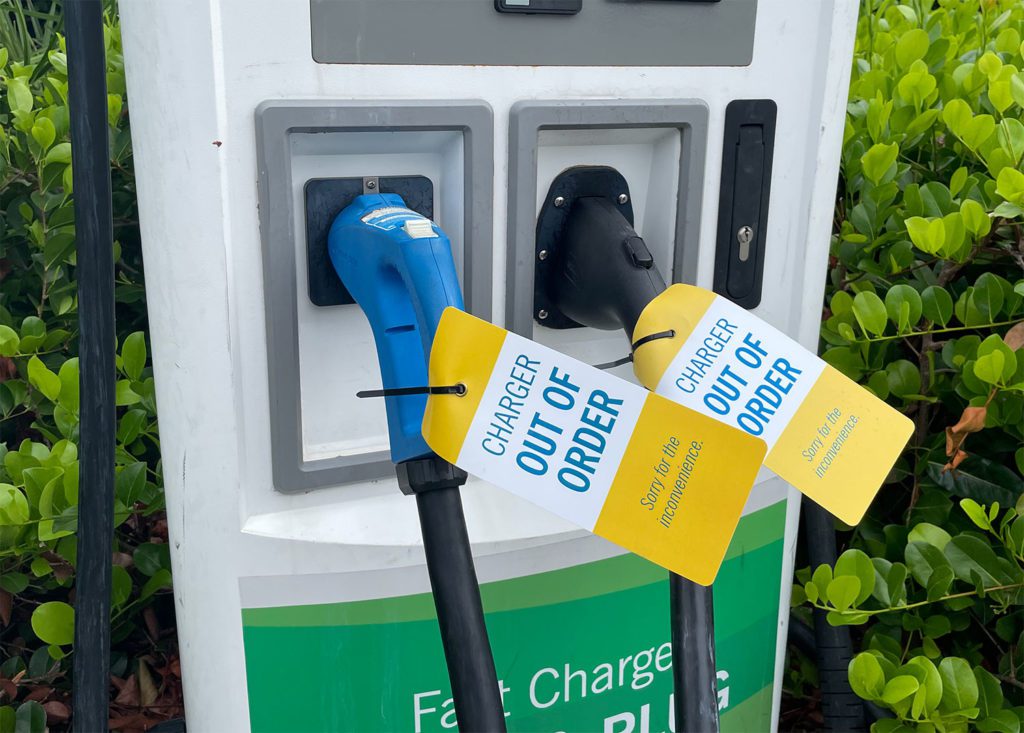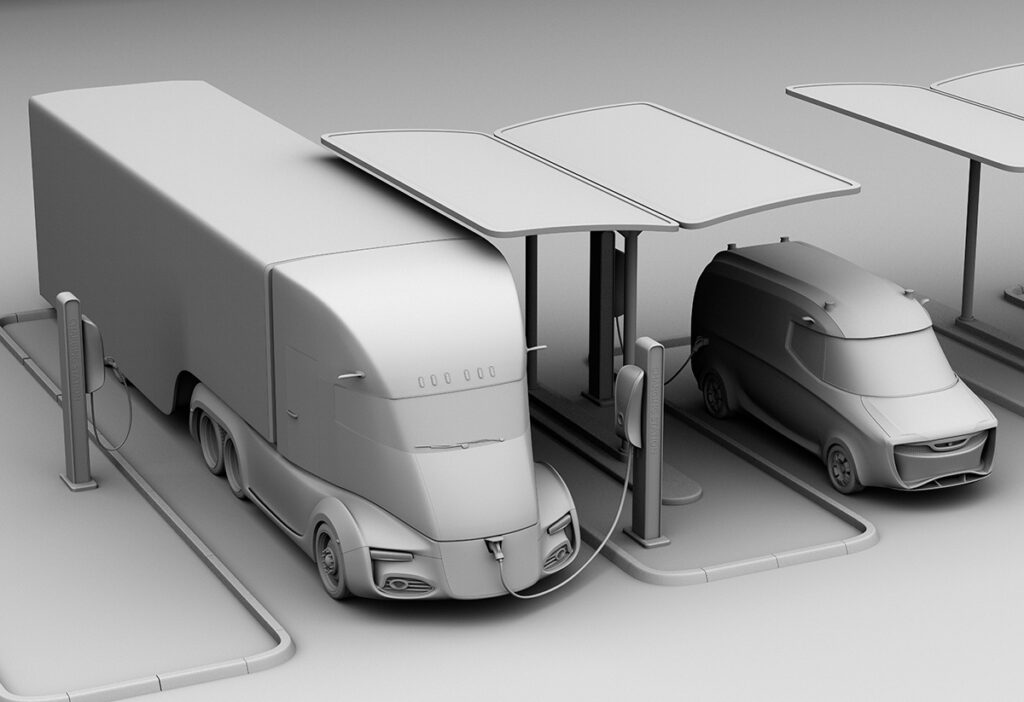Michael Barnard writes on a wide variety of e-mobility and renewable energy topics. In a recent article for CleanTechnica, he discusses the latest edition of the US National Clean Hydrogen Strategy and Roadmap, a policy document that the DOE produces and updates periodically.
Barnard’s piece is a detailed and highly technical discussion of a complex topic, and should be read in its entirety by those who would venture an opinion thereupon. Barnard finds the latest version (June 2023) of the Hydrogen Strategy to be an improvement over the first draft, but writes that it still seems to be aimed more at supporting the fossil fuel industry than optimizing the use of hydrogen technology to reduce emissions.
Scientists and engineers tend to agree that there are various promising applications for hydrogen in industrial processes, but that direct electrification is the best solution for transportation (and, despite the best efforts of the fossil fuel industry and the politicians on its payroll, the market seems to have already made the decision). As Barnard sees it, the wrong federal department is in charge of US hydrogen policy. The Hydrogen Strategy was mainly authored by the DOE, and at least for the first draft, there was “little apparent input from the actual end use case sectors for hydrogen today.”
About 25% of the world’s hydrogen is used to manufacture ammonia, mostly for fertilizer. Direct reduction of iron (DRI) for steel accounts for another big chunk of current hydrogen demand. Cleaning up these industrial processes should be major priorities, so Barnard thinks the Departments of Commerce and Agriculture should have more input than the DOE, whose main remit is nuclear energy.
SEE ALSO: Megawatt Charging System will kill hydrogen trucks once and for all, says electric truck expert
“Job one is to decarbonize [hydrogen’s] industrial use cases, not invent new markets it is badly suited for, but the first draft of the US Hydrogen Strategy was mostly focused on inventing new markets,” Barnard writes. In the new and improved version, the DOE is “making it clear that consultations, however deep or shallow, did and will involve a lot of organizations which are current and future major hydrogen stakeholders.”
The main opportunity spaces identified in the Hydrogen Strategy are “the industrial sector (e.g. chemicals, steel and refining), heavy-duty transportation, and long-duration energy storage.”
Barnard agrees with most of the scientific world that the first item on that list is the correct one. However, “Heavy-duty transportation has no pathways for hydrogen in a rational world. Heavy-duty trucking will all electrify, as in-hand battery energy densities allow 500-mile ranges today, 1,000-mile ranges in a year or two, and over double [the ranges of] current long-haul diesel rigs in the 2030s.”
As for rail, outside of the US, it’s either electrified or rapidly electrifying. Rail is 85% electrified in India, 72% in China, and 60% in Europe. It’s hard to see any opening for hydrogen there, but Barnard tells us that the American Association of Railroads is “belligerently opposed to electrification for nonsensical reasons.” For maritime shipping, “it’s going to be batteries and biofuels, not hydrogen derivatives.”
What about long-duration energy storage? Hydrogen for this application is “going to be too expensive due to the inefficiencies and capital costs to compete in day-ahead reserves or two-day markets, so it’s going to be constrained, if ever built, to very long-duration storage where there’s a national shortage of wind and sunshine for a week,” Barnard writes. “Even then, just diverting biomethane from existing anthropogenic sources into natural gas storage facilities is a lot more sensible than manufacturing hydrogen for the purpose. The answer for economically sensible long-duration storage is pumped hydro and the emerging redox flow battery space, not an expensive molecule that loves to leak.”
The DOE says that the Hydrogen Energy Earthshot launched in 2021 “will catalyze both innovation and scale…and dramatically reducing the cost of clean hydrogen.”
Barnard isn’t having any. “This isn’t a space that’s subject to massive reductions in price. The laws of thermodynamics don’t give way to wishful thinking, so the cost of green hydrogen via electrolysis will still require 50 MWh+ per ton of hydrogen. Only the electrolyzer is not a commoditized component today, and it’s one of perhaps 28 components in an industrial-scale electrolysis plant.”
Following a highly technical explanation of the factors that drive the cost of hydrogen, and why the blue or green hydrogen (made from renewable energy) that H2 fans love to tout will always cost more than black or gray hydrogen (made from fossil fuels), Barnard concludes: “Hydrogen is as cheap as it’s ever going to get, even with the IRA’s massive subsidy per kg (equivalent to $3.00 per gallon of gasoline, or 83% of the retail price right now). We don’t use it for energy…because it’s vastly more expensive than fossil fuels, and we won’t use it for energy in the future unless we are economic idiots, because electrification and biofuels are cheaper.”
The Hydrogen Strategy calls for grants and loans for automakers to manufacture fuel cell EVs, as well as tax credits for facilities that manufacture hydrogen and fuel cell technologies. “Yup, let’s give money to domestic manufacturers to make fuel cells and fuel cell cars no one will buy or drive,” says Barnard. “That’s pure pork.
Barnard cites David Cebon of the Centre for Sustainable Road Freight, who found in 2022 that hydrogen trucks from major vendors were much more expensive than their battery-powered alternatives, and that fuel costs would be three times more expensive than using electricity. Barnard also reminds us that China has 1.1 million electric buses and trucks on its roads, and fewer than 10,000 fuel cell vehicles. “If the USA wants to compete in the 21st century with China, it has to do so with pragmatic choices that make sense, not economic dead ends that satisfy only the fossil fuel industry.”
By now you’ve gathered that Mr. Barnard is not impressed with the US Hydrogen Strategy, which he calls “a document the fossil fuel industry will love,” that recommends “lots of governmental money for use cases for hydrogen and carbon capture that will fail, perpetuating their business model for another decade or two at the expense of the planet.”
However, all is not lost. The latest edition of the Hydrogen Strategy is an improvement over the first draft. “More stakeholders are clearly called out, and there’s a clear all-of-government approach that was lacking in the original. There’s more focus and clarity on the actual use cases for lower-carbon hydrogen—ammonia and steel prominent among them. And the entire residential and commercial heating potential for hydrogen has disappeared. They finally got that memo.”
For optimists who follow the hydrogen-vs-battery debate, there are signs that the wave of hydrogen fever has crested. “If the DOE updates [the Hydrogen Strategy] every nine months, and there’s as much movement each time, then by 2026 or 2027, it could be a good strategy,” Barnard concludes.
Source: CleanTechnica








































































